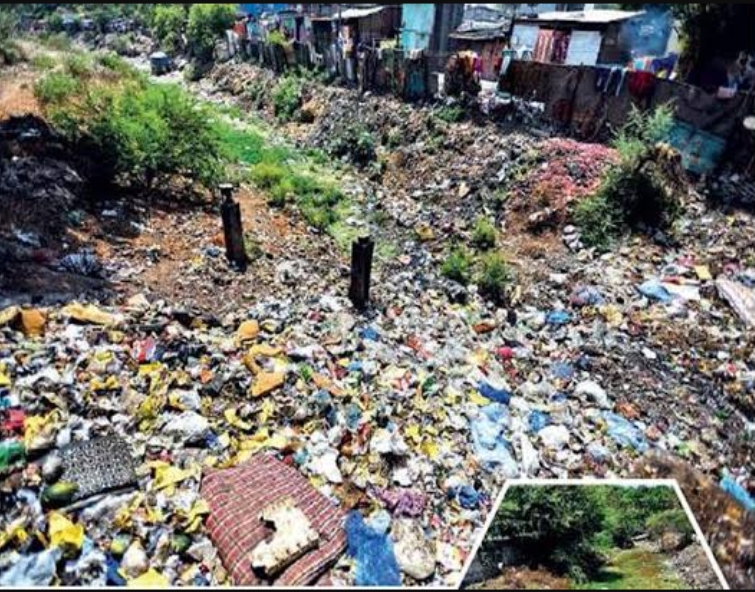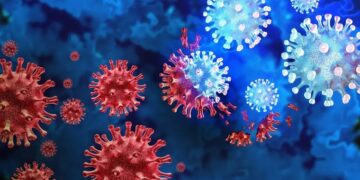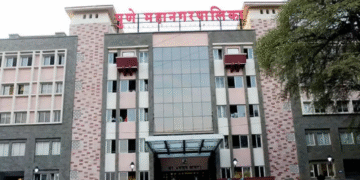Special Correspondent
Pune : The issue of water hyacinth infestation in Pune’s canals and rivers continues to trouble residents, with the local administration’s lack of action compounding the problem. In Hadapsar, the Baby Canal has become overrun with water hyacinth, leading to a spike in mosquito breeding, which poses serious health risks to the community.
The Pune Municipal Corporation’s (PMC) health department has raised alarms about the growing presence of water hyacinths, requesting that the environment department take action to clear the canal. The Baby Canal flows through several areas under the jurisdiction of the Hadapsar-Mundhwa ward, including Sadesatra Nali, Ansari Phata, Mahadevnagar, Ghule Vasti, Kalpataru Society, Amar Srishti, Lakshmi Colony, Vitthalnagar, Manjari, Fursungi, Shewalwadi, and Saykarwadi. The dense infestation has created a breeding ground for mosquitoes, aggravating health concerns.
Although disease control falls under the health department’s jurisdiction, the department has sought assistance from the environment department to handle the removal of the water hyacinth.
However, the environment department has pointed out that the Baby Canal is under the control of the irrigation department, and has advised the health department to address the issue with them directly.
In response to growing public complaints, the health department has begun spraying insecticides in the canal in an attempt to control the mosquito population. Despite this, the underlying problem of the water hyacinth remains unaddressed.
Assistant Health Officer Dr. Rajesh Dighe has noted the increased risks posed by the mosquito population, which could potentially lead to a rise in vector-borne diseases. Meanwhile, Mangesh Dighe, the Environment Officer at PMC, confirmed that the environment department had forwarded the health department’s letter to the Water Resources Department, which holds responsibility for clearing the hyacinth.
The ongoing blame-shifting between departments has only intensified the problem, leaving residents to face the health consequences of the water hyacinth infestation without clear action from the authorities.















